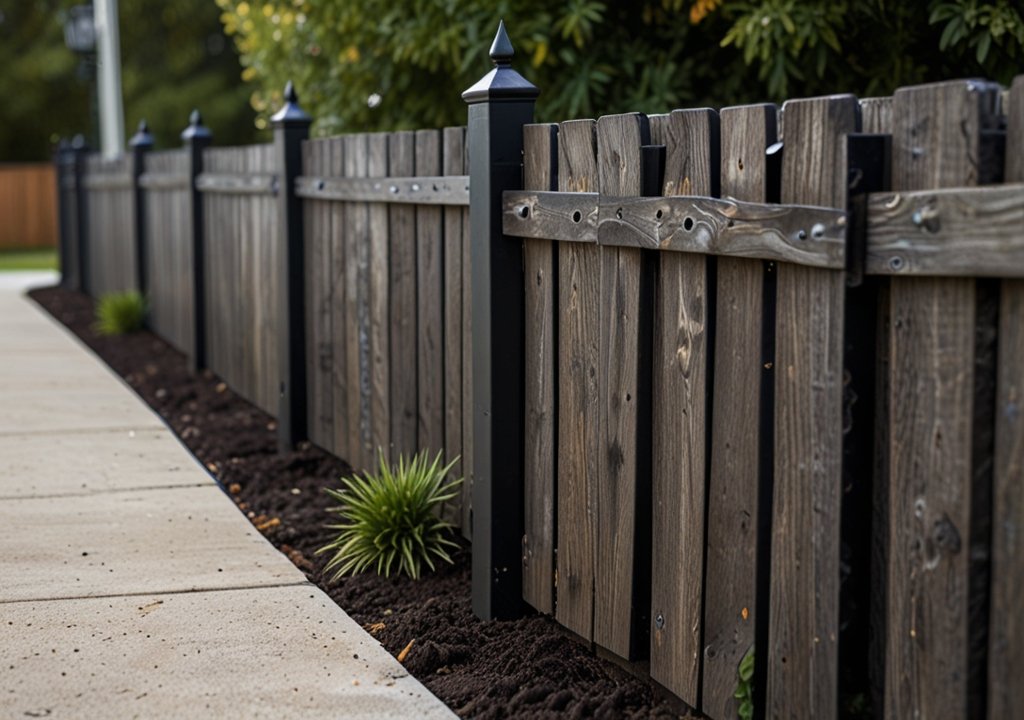Table of Contents
- Introduction to Fence Post Foam
- The Core Benefits of Using Fence Post Foam
- Comparing Fence Post Foam to Traditional Methods
- Environmental Impact: A Positive Perspective
- Installation: A Step-by-Step Guide
- Considerations for Choosing the Right Foam
- Conclusion: The Future of Fence Installation
Introduction to Fence Post Foam
In recent years, the construction landscape has been punctuated by innovation, seeking more efficient and eco-friendly materials. One such advancement is fence post foam, a cutting-edge alternative to traditional post-setting methods. Designed to provide robust support and be exceptionally user-friendly, it has altered how homeowners and professionals approach fencing projects. This foam, a curious mix of chemistry and convenience, expands to fill the post hole, offering a firm grip with minimal effort.
The expanding interest in this material is attributed not only to its functional advantages but also to its environmental sensibility. Traditional methods often involve cumbersome concrete mixes that require more labor and longer setting times and contribute to a higher environmental toll. In contrast, fence post foam emerges as a lightweight champion of sustainability, reshaping contemporary approaches to exterior design and infrastructure development.
The Core Benefits of Using Fence Post Foam
One of the most compelling reasons for choosing fence post foam is its rapid curing time. Unlike concrete, which can take days to set fully, foam can accomplish a comparable, if not firmer, hold in minutes. This speed translates into project efficiency, allowing installers to progress swiftly without sacrificing precision or strength. Furthermore, the foam’s lightweight nature eliminates the need for heavy lifting and transportation challenges, making it a preferred choice for DIYers and professionals alike.
Safety and ease of use are additional touchpoints. With no complex tools or materials, the fence post foam setting process reduces the risks associated with traditional building practices. Innovations in building materials continue to underscore the importance of safety in construction, with foam solutions often highlighted for their user-centric design.
Comparing Fence Post Foam to Traditional Methods
Concrete has been the standard for securing fence posts for decades due to its perceived durability and timelessness. However, this approach is labor-intensive, requiring mixing materials, careful balancing of moisture content, and, often, the need for specialized equipment. Fence post foam, by comparison, offers an appealing contrast. It requires minimal preparation—usually just a simple shake or mix before application—allowing it to be used effectively by those with limited construction experience.
While traditionalists may argue for concrete’s raw strength, studies and practical use have shown that foam provides sufficient anchoring capability for most residential and commercial applications. Consequently, this method’s ease of use and relative parity in strength position it as a forward-thinking option worthy of consideration.
Environmental Impact: A Positive Perspective

Sustainability is a growing concern within the construction industry, driving the search for materials that perform well and tread lightly on the planet. Fence post foam aligns with this ethos by requiring less energy to produce and install. Unlike concrete pouring, which involves significant water usage and emissions during manufacturing, foam is less resource-intensive and more conducive to conservation-minded practices.
Moreover, foam’s potential for reduced waste generation is a compelling argument. Where unused concrete can contribute to landfill masses, unused foam presents fewer disposal challenges. Exploring sustainable building practices showcases how materials like foam can help pivot the industry toward a more ecologically conscious future, underscoring its role in driving environmentally friendly construction solutions.
Installation: A Step-by-Step Guide
Here’s how you can set fence posts using foam:
- Begin by digging a hole for the post to the recommended depth, generally two to three feet, depending on the height of the fence.
- Place the post in the hole and use a level to ensure it stands straight. Bracing might be necessary to keep it steady.
- Activating the foam typically involves shaking the container or combining two parts within the packaging.
- Pour the activated foam into the hole around the post.
- As the foam expands, it will fill the space, securing the post. Hold the post in place as needed until the foam hardens, typically within a few minutes.
This straightforward process can often be completed in less than an hour, depending on the number of posts and project size.
Considerations for Choosing the Right Foam
When selecting a fence post foam product, it’s crucial to consider the specifics of the intended project. Factors such as soil type, climatic conditions, and the load the fenced area is expected to bear can influence the decision. Opting for high-expansion varieties ensures that gaps are filled adequately, providing the necessary support against shifting and settling.
Brand selection is equally important, as different foams offer consistency and performance assurances. Researching reviews and seeking recommendations can guide consumers toward choices that offer the best balance between quality and affordability, thus enhancing the project’s overall success.
Conclusion: The Future of Fence Installation
In sum, fence post foam represents a significant shift in construction methodology, providing a compelling alternative to conventional practices. Its blend of convenience, ecological responsibility, and performance makes it an attractive candidate for broad adoption. As innovation drives the industry, materials like fence post foam will likely become cornerstones in sustainable development. Watching this space will be crucial for those interested in staying at the forefront of construction technology, as further improvements promise to refine and expand its uses even more.











